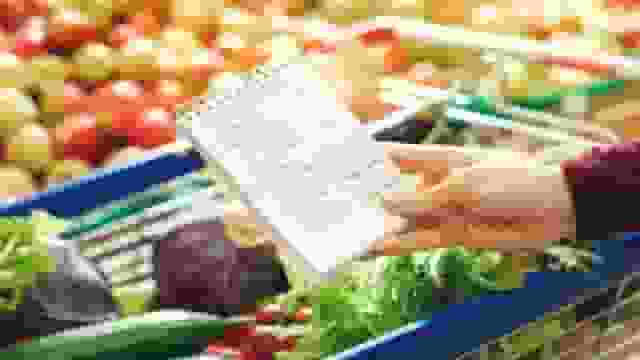The United States Department of Agriculture (USDA) distributes funds for the Supplemental Nutrition Assistance Program (SNAP) to the states, and each state decides, using their own version of the Electronic Benefits Program, which food products SNAP participants are eligible to buy with those funds (EBT).
EBT providers use specific Point of Sale equipment at each individual retailer location to monitor and implement the applicable restrictions.
Using the product’s unique product code, this technology verifies that each item in the shopper’s basket complies with state regulations. As a direct consequence of this, each state possesses its own individualised EBT system.
Because of this fragmented structure, EBT providers find it difficult to invest in new technology because the suppliers are required to design, build, and sell state-specific solutions to each individual state on their own.
As a consequence of this, suppliers concentrate their capital on the handful of states that are home to the most extensive SNAP and EBT programmes.
At the moment, these states are California, Texas, Florida, and New York. Either purchasing limits need to be lifted entirely or those restrictions need to be harmonised throughout all of the states to make the market more competitive and hasten the deployment of new technology. This complexity is made clear in the request made to the USDA:
“The United States Department of Agriculture is looking for state agencies that would be willing to volunteer as partners on pilot initiatives to evaluate the payment of Supplemental Nutrition Assistance Program benefits using mobile technology.

In a call for volunteers that was sent out a month ago, the United States Department of Agriculture (USDA) stated that it is looking to partner with state agencies on up to five pilot programmes that could enable SNAP recipients to pay for transactions using mobile devices such as cell phones, tablets, or smart watches rather than a physical card.
The USDA has stated that it “hopes” to implement mobile payments as a transaction mechanism for all SNAP participants in the future.
This will be accomplished through the state organisations that it partners with to administer the programme to recipients.
The state agencies that apply to participate will be required to submit a detailed plan that outlines how they will educate and recruit SNAP participants for the pilot, written agreements with stakeholders, and a timeline for implementation that includes a strategy on how they will work with their vendors to implement mobile payments. This plan must also include a description of how they will implement mobile payments.
The state agency will ask vendors and shops who take a SNAP to collaborate with it to establish the project’s scope and identify any technology adjustments that will be required to make it a reality.
Read more:-
- Important Stimulus News for August 2022
- The Internal Revenue Service has announced that the deadline for adopting SECURE Act Amendments and CARES Act Waiver of 2020 RMDs Amendment has been extended to 2025.
- More Money From the Stimulus Check is Coming?
According to the USDA, there are primarily two different payment mechanisms that might be utilised for pilot programmes. These are near-field communication and QR codes. According to the organisation, the more traditional approach is chosen since it “provides an ease to customers.”
According to the USDA, protecting the privacy of programme participants is of the utmost importance. Another priority is ensuring that many people living in the same household can participate in the programme.


